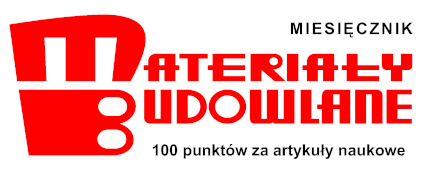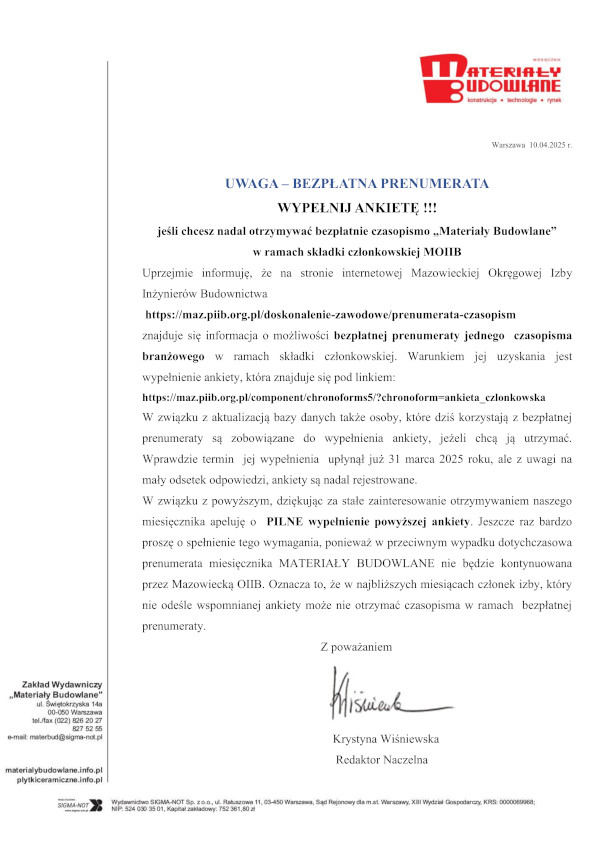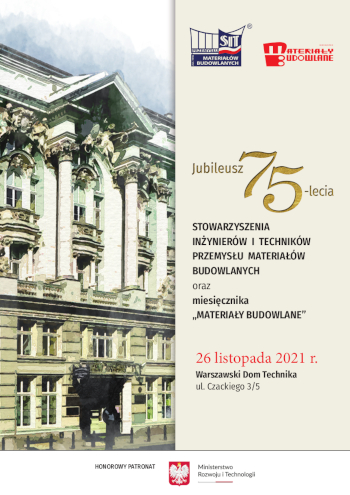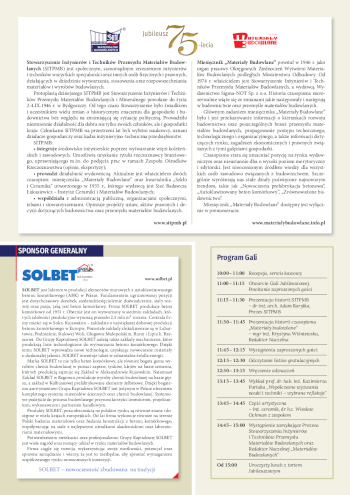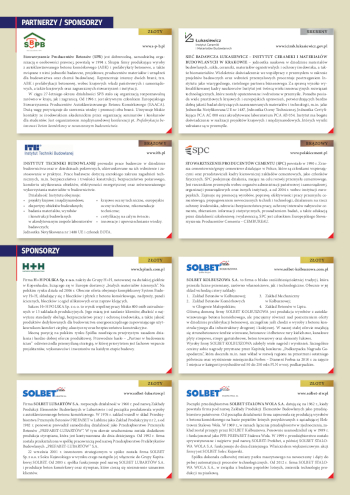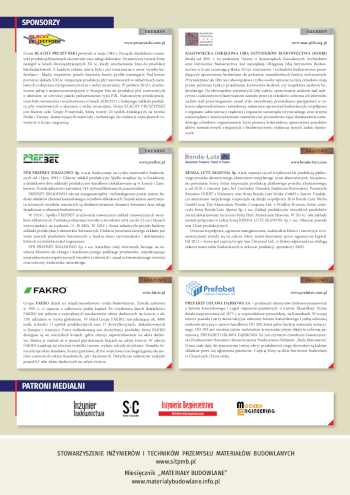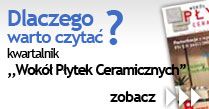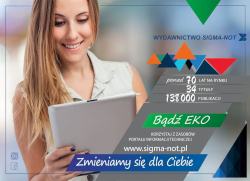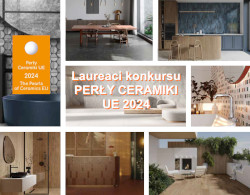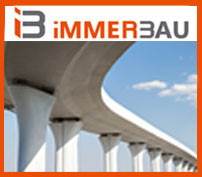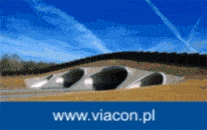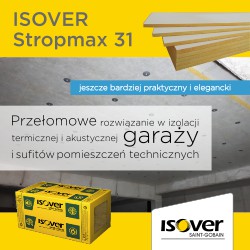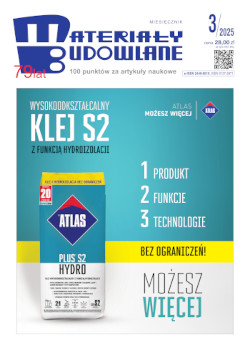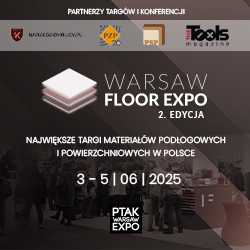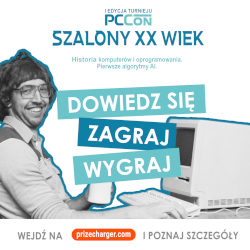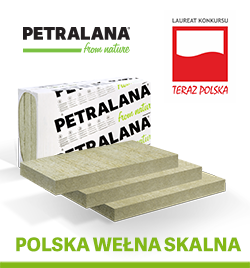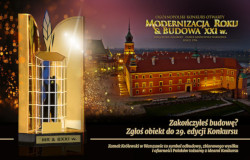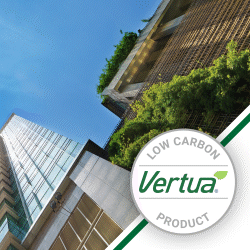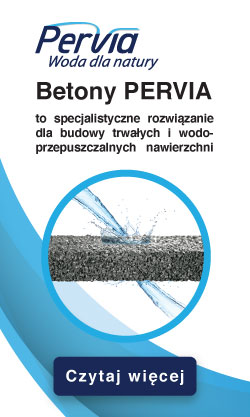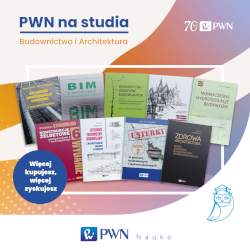dr hab. inż. Teresa Stryszewska, Politechnika Krakowska; Wydział Inżynierii Lądowej
dr inż. Stanisław Kańka, Politechnika Krakowska; Wydział Inżynierii Lądowej
Adres do korespondencji: Ten adres pocztowy jest chroniony przed spamowaniem. Aby go zobaczyć, konieczne jest włączenie w przeglądarce obsługi JavaScript.
DOI: 10.15199/33.2019.03.11
Doniesienie naukowe (Scientific report)
W artykule przedstawiono przykłady zaawansowanych badań mineralnych materiałów budowlanych pobranych z murowanych obiektów zabytkowych o wartości historycznej. W celu identyfikacji materiałów, ich składu fazowego oraz określenia specyficznych właściwości, w tym stopnia skażenia solami, wykonano badania petrograficzne, obserwacje w mikroskopie skaningowym wraz z analizą dyspersji energii promieniowania rentgenowskiego pierwiastków, a także określono strukturę porowatości. Badania umożliwiające ocenę materiału na podstawie bardzo małych próbek mają ogromne znaczenie w przypadku obiektów zabytkowych, w tym o charakterze martyrologicznym, gdyż obowiązuje wówczas wiele ograniczeń wynikających z konieczności zachowania substancji oryginalnej i zminimalizowania ingerencji związanej z pobieraniem próbek.
Słowa kluczowe: metody badań; mikroskopia skaningowa; petrografia; porozymetria rtęciowa.
Modern methods of testing of building materials
taken from heritage facilities masonry
The paper present examples of advanced studies ofmineral buildingmaterials collected fromfacilities located within the area of the former Auschwitz-Birkenau camp. These facilities are characterised by great historical value. In order to identify thematerials and their phase composition, and to determine their specific properties, including the extent of salt contamination, petrographic examinations were performed as well as SEM observations along with an energy dispersive X ray analysis and porosity structure. It has been stressed in the paper that testingmethods that enable evaluation of thematerial based on very small samples is of great importance in the aspect of heritage facilities including those associated with suffering where many restrictions are applicable due to the requirement that the original substance should be retained and the interference in connection with the sampling should be minimised.
Keywords: test methods; scanning electron microscopy; petrography; mercury intrusion porosimetry.
Literatura
[1] ICOMOS Charter. Principles for the analysis, conservation and structural restoration of architectural heritage, Retified by the ICOMOS 14th General Assembly, 2003.
[2] IUPAC Reporting Physisorption Data for Gas/Solid System with Special Reference to the Determination of Surface Area and porosity. 1982. International Union of Pure and Applied Chemistry 54 (11): 2201 – 2218.
[3] Mallidi Srinivasa Reddy. 1996. „Application of mercury intrusion porosimetry on clay bricks to assess freeze-thaw durability”. Constr. Build. Mater. 10 (6): 461 – 465.
[4] Stryszewska Teresa. 2017. Charakterystyka czynników determinujących trwałość murów ceglanych. Monografia, Politechnika Krakowska.
[5] Venice Charter. 1964. (International Restoration Charter), Second Congress of Architects and Specialists of Historic Buldings, Venice.
[6] Wesołowska Maria. 2016. Ochrona murów licowych przed wpływem środowiska.Monografia. Uniwersytet Technologiczno-Przyrodniczy, Bydgoszcz.
[7] Winkler Erhard. 1994. „Stone in Architecture: Properties, Durability”. Springer Verlag, Berlin.
Przyjęto do druku: 31.01.2019 r.
Materiały Budowlane 1/2019, strona 39-41 (spis treści >>)
